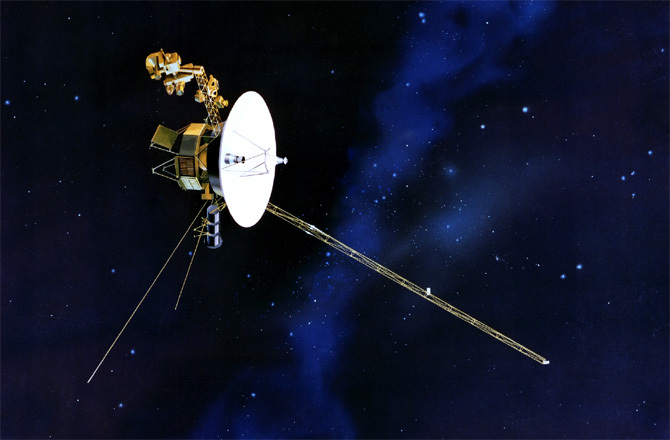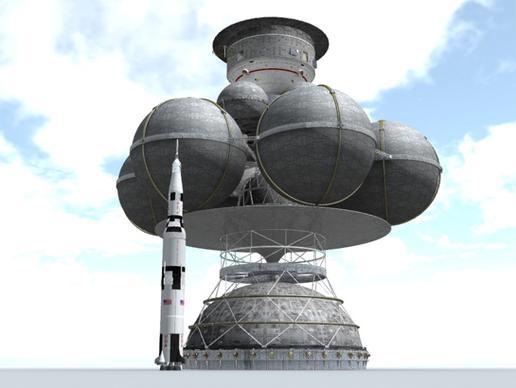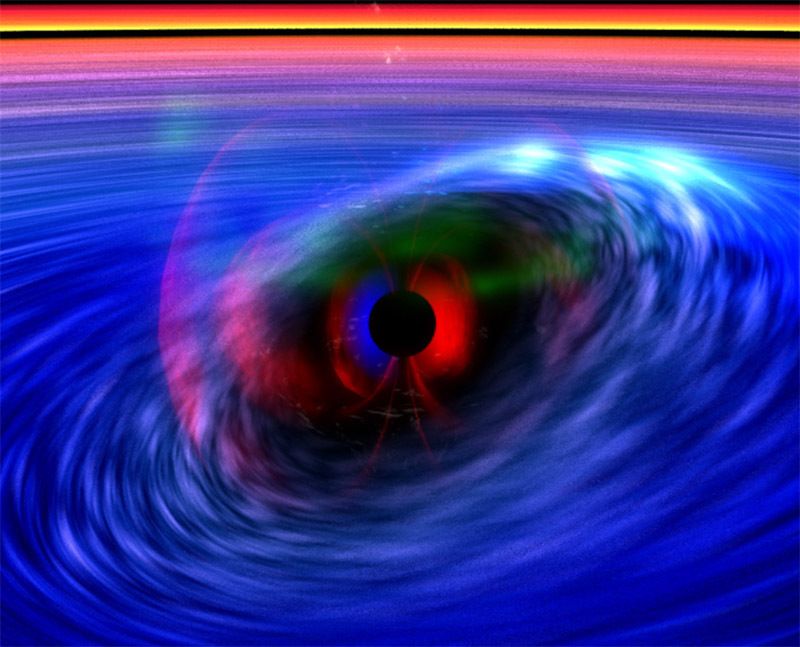Is it possible in theory to create a ship driven by an artificial black hole?

Interstellar flight is one of the most overwhelming challenges ever faced by humanity. the distances even to the nearest stars are so great; it makes no sense even to create simulations of them in scale. For example, if the distance from the Earth to the Sun is taken equal to 1 cm, then the nearest star will be at a distance of about 2.7 km.
The fastest object built by people, Voyager 1, moves at a speed of about 29 km / s. If he were heading for Proxima Centauri, he would have reached it in 80,000 years. Obviously, since interstellar flight must be carried out within a single human life (or several), then it is necessary to achieve much higher speeds. At a speed of 10% of the speed of light (which is 1000 times faster than Voyager 1), Proxima Centauri can be achieved in 45 years. However, the amount of energy needed to achieve this speed does not fit in the head.

')
Every kilogram of a ship moving at a speed of 99.9% of the speed of light will have kinetic energy exceeding the energy of the most powerful of the ever-exploded nuclear bombs. Despite this, there may be a way to supply the engine with such an unimaginable amount of energy.

In 1955, John Wheeler, one of the pioneers of the theory of black holes, coined the term Kugelblitz (spherical lightning). Wheeler suggested that if enough energy was focused at a certain point in space, a microscopic black hole would form at that point, which can be described by the Karl Schwarzschild equation. After 19 years, Stephen Hawking suggested that quantum effects in the vicinity of the black hole event horizon can cause radiation, so-called “Hawking radiation.” The smaller the hole, the greater the radiation energy and the smaller its mass. But the shorter the life of the hole until its complete "evaporation." The Wheeler postulate and Hawking's theory of black hole radiation make possible a new type of interstellar engine using Schwarzschild Ball Lightning as an energy source.

Such an artificial black hole should be small enough to emit the right amount of energy. Must be light enough to overclock. And big enough to live the right time. Calculations show that the size of such a hole must be smaller than the size of a proton.
Despite this microscopic nature, the Schwarzschild black hole will be incredibly heavy, weighing about like two Empire State Buildings. In this case, the radiation energy will be about 129 petawatts (1 petawatt = 10 quadrillion watts). This is 10 million times more than the total energy consumption of New York in July 2013.
By the way, in 1993, the Schwarzschild black hole even penetrated popular culture, albeit under a pseudonym. In the Timescape episode of the Star Trek: The Next Generation series, the ship Romulan Warbird was equipped with an artificial quantum singularity .
Dyson Dome
In 1960, physics Freeman Dyson (Freeman Dyson) formulated the postulate according to which an extremely advanced civilization can surround a star with a spherical shell with a radius of 1 astronomical unit. This would provide a virtually inexhaustible source of energy. Unfortunately, such a Dyson Sphere will almost certainly remain technically impracticable for humanity in the foreseeable future.
An alternative to a full-fledged sphere can be its small segment with a radius of less than 1 AE - the Dyson Dome. And this is a much more realistic option. Such a dome can be placed in the bow of the ship so that it can absorb the energy emitted by the Black Hole of Schwarzschild. This would allow the ship to accelerate. However, the calculations do not allow us to hope for the implementation of such a project.
Consider the Dyson Dome, made, for example, from titanium. The energy from an artificial BH would melt it at a distance of about 30 km. However, at a distance of 33 km there will no longer be a risk for the dome to be melted. The thickness and diameter of the Dome will need to be optimized in order to reduce mass. The larger the diameter and thickness, the more energy it absorbs. However, the mass of such a dome will greatly affect the acceleration of the ship. Conversely, a light dome will absorb too little energy. The need to place the Dome at a great distance from the BH will also lead to the fact that a very small fraction of the radiated energy will be captured.
If you take the life of the Black Hole of Schwarzschild for 5 years, the ship the size of a 100-story building can accelerate only over a segment of 1.5 AU, and the speed will increase only by 0.0004%. Even if you reduce the mass of the whole structure by 1000 times, the ship will have time to reach only 4% of the speed of light. For comparison, a fusion reactor will achieve a speed of 8-12% of the speed of light!
Dyson Sphere
If all the radiated energy will be collected and a significant part of it will be used for movement, the situation will change significantly. This is possible when using a spherical shell around the BH of Schwarzschild. In this case, the ship can, theoretically, reach 72% of the speed of light during the 5-year period of the BH “life”. This colossal subluminal velocity would allow us to fly around several nearby star systems throughout human life.
Problems of the Black Hole Schwarzschild
To create the Dyson Sphere, an extremely light and energy-intensive material is needed, because a titanium sphere with a radius of 33 km and a thickness of 1 cm will have a mass of 1200 Empire State Building skyscrapers. If we confine ourselves to the Dome, then the energy collected will be too little.
In addition, today the only theoretically possible way to create the Schwarzschild BH itself is to use a gamma laser. However, a laser with such an operating frequency requires an increase in modern operating frequencies of more than a billion times. The pulse duration must be 100 billion times shorter than that of modern lasers. And the total radiation energy should be equivalent to the amount of energy emitted by the Sun in 1/10 of a second ...
Alas, so far technological difficulties make the creation of the Schwartzschild BH impossible in the foreseeable future. Artificial BH can be a source of colossal amounts of energy, which would make it an ideal “battery” for an interstellar ship. Who knows, maybe someday thanks to this very technology, mankind will reach the stars for the first time.
Source: https://habr.com/ru/post/217573/
All Articles